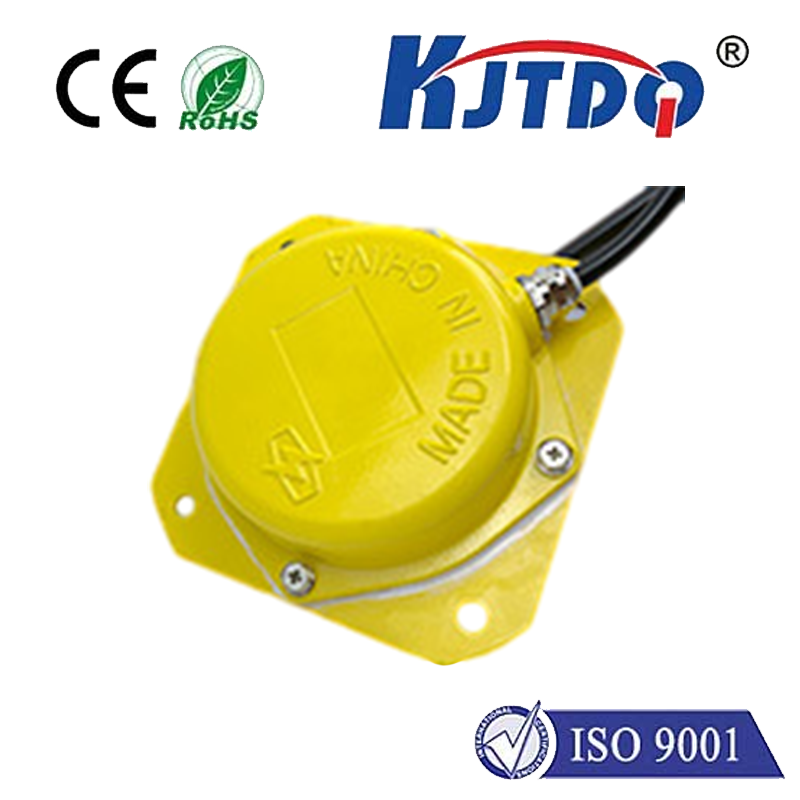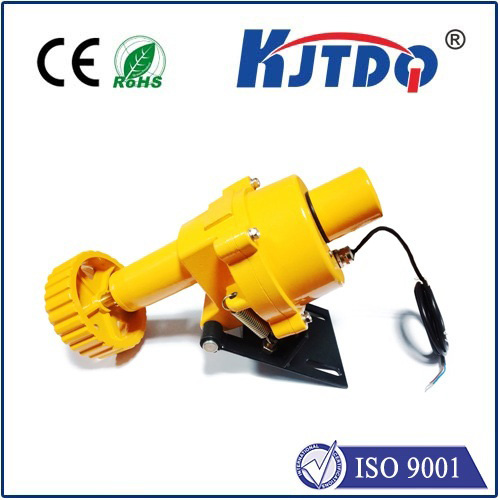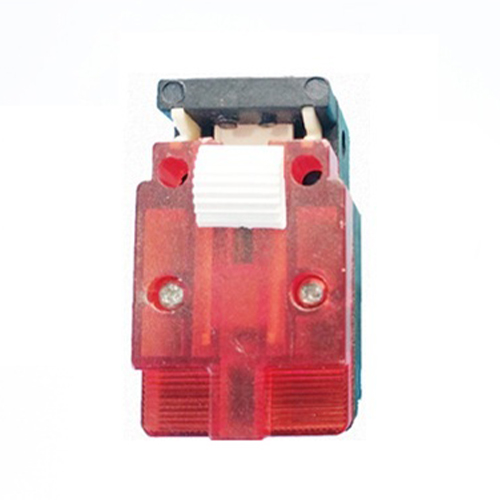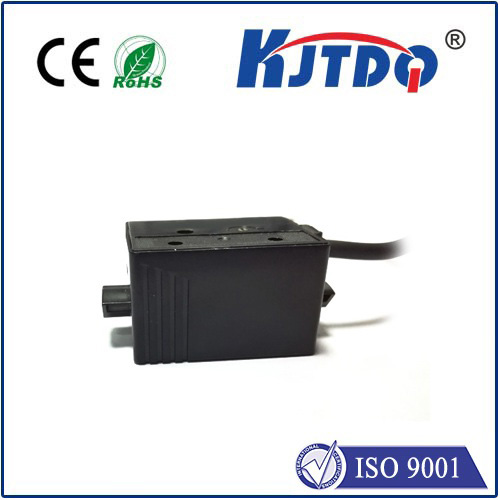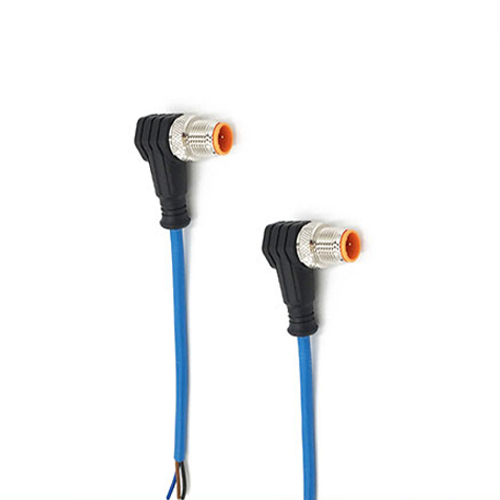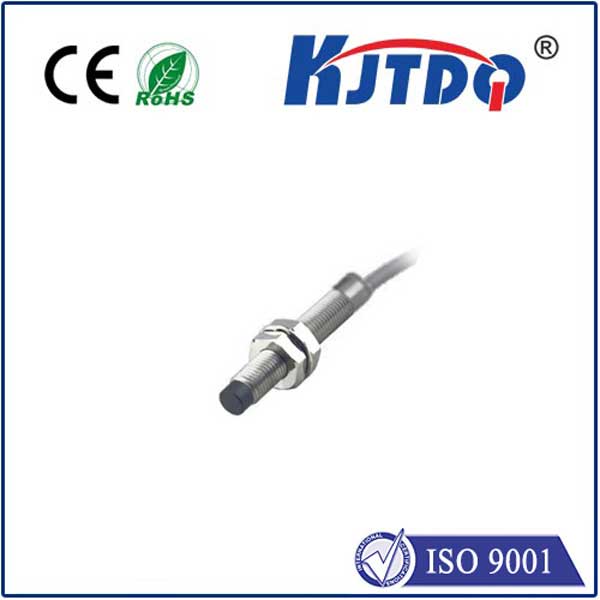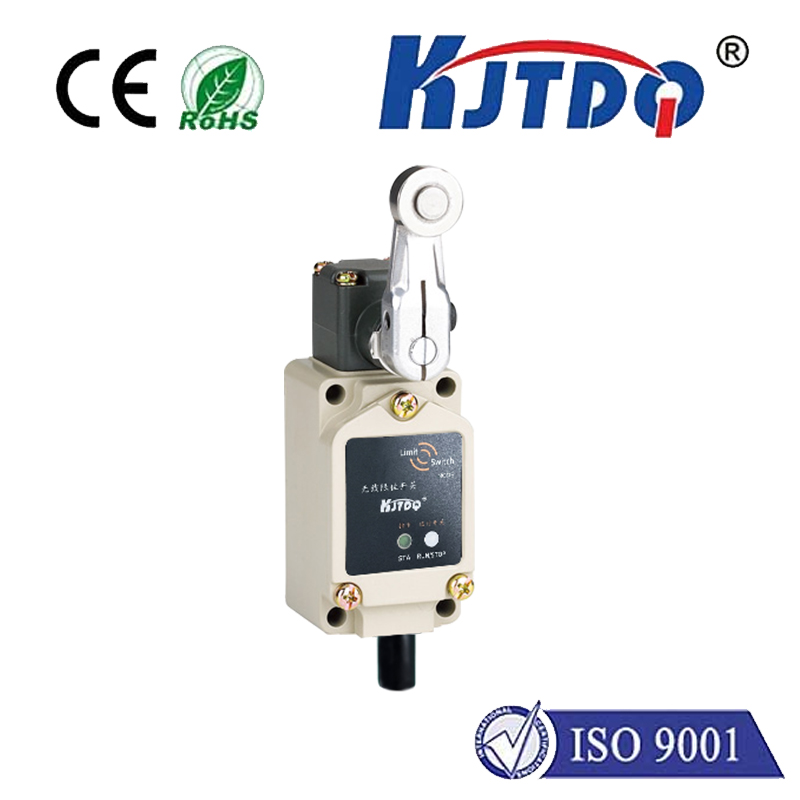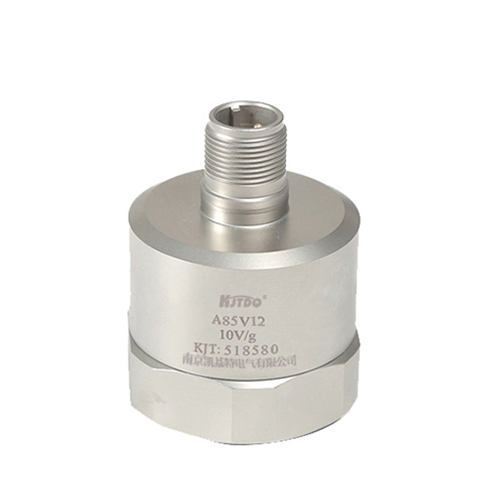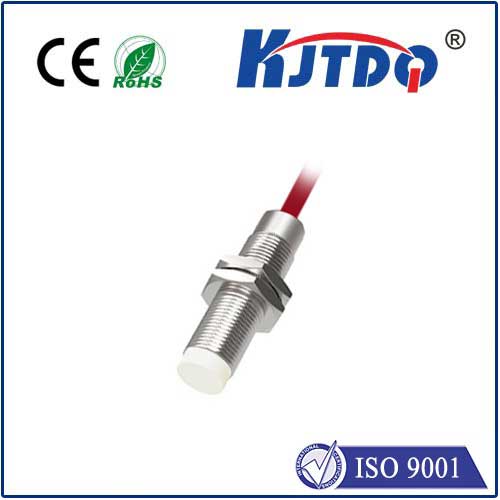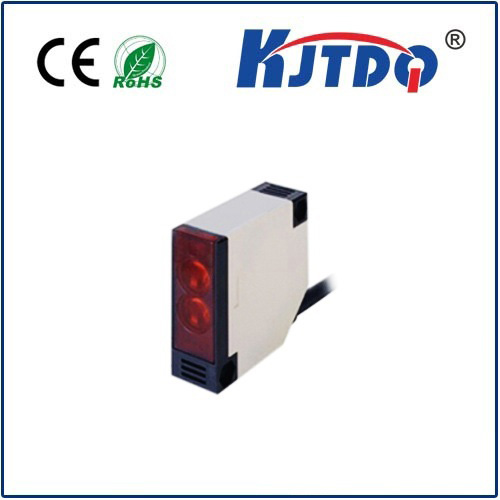s49e hall sensor
- time:2025-06-25 03:09:19
- Click:0
The S49E Hall Sensor: Powering Precision Position Detection in Demanding Environments
Title: Unlocking Motion Control: The Essential Guide to S49E Hall Effect Sensors
Imagine a world where machines need to know their exact position, instantly and reliably, whether covered in grime, baking under a factory roof, or vibrating down a production line. Enter the S49E Hall sensor, an unassuming yet critical component that makes this precise, durable position detection possible. A specific variant within the broad family of Hall effect sensors, the S49E designation signifies a robust, versatile switch designed to thrive where less hearty electronics might falter. This article explores what makes the S49E hall sensor a cornerstone of reliable position sensing in countless industrial and automotive applications.
The Hall Effect: The Foundation of Magnetic Sensing
Understanding the S49E sensor starts with the fundamental Hall effect. Discovered by Edwin Hall in 1879, it describes a fascinating physical phenomenon: when an electrical conductor carrying a current is placed perpendicular to a magnetic field, a measurable voltage (the Hall voltage) appears across the conductor, transverse to both the current and the magnetic field lines. This voltage is directly proportional to the strength of the applied magnetic field.

Modern Hall effect sensors leverage this principle. They incorporate a Hall element (the sensing area), signal conditioning circuitry, and an output stage onto a single silicon chip. Instead of providing a continuous voltage output like linear Hall sensors, the S49E operates primarily as a digital switch. When the magnetic flux density at the Hall element exceeds a predefined threshold (the “operate point,” or Bop), its output rapidly switches state (e.g., from HIGH to LOW, or vice-versa). When the field strength drops below another threshold (the “release point,” or Brp), the output reverts. This distinct on/off behavior makes it ideal for detecting the presence, absence, or proximity of a magnetic field, translating it into a clean digital signal.
Why the S49E Hall Sensor Stands Out
While many Hall switches exist, the S49E hall sensor designation typically points to a specific package style and set of performance characteristics optimized for rugged environments and ease of integration. Key features that define its prominence include:
- Robust Physical Construction: The S49E usually features a ruggedized, miniature SIP (Single In-Line Package) or flat-pack style housing. This design offers excellent mechanical strength and simplifies mounting, often incorporating threaded holes or flanges for secure fixing.
- High Temperature Tolerance: Industrial settings can be harsh. S49E sensors are engineered to operate reliably over a wide ambient temperature range, commonly from -40°C to +125°C or even +150°C. This resilience ensures consistent performance in demanding conditions like engine compartments or foundries. Operating temperature is a critical spec to verify for any application.
- Environmental Protection: Models often carry high IP (Ingress Protection) ratings, such as IP67 or IP69K, signifying resistance to dust ingress and powerful water jets. This makes them suitable for washdown environments, outdoor equipment, and areas prone to moisture or contamination. Durability is paramount for long-term reliability.
- Solid-State Reliability: Having no moving parts to wear out or jam, the S49E hall sensor offers inherent long operational life and high shock/vibration resistance. Unlike mechanical limit switches, it avoids contact bounce and associated wear.
- Versatile Output Options: The most common S49E variants feature an open-collector NPN output. This design provides excellent flexibility, allowing the sensor to interface easily with various controller inputs (sinking current) and enabling simple wiring configurations. Some variants might offer different output types (e.g., PNP, push-pull) to suit specific circuit requirements. Choosing the correct output type is essential for compatibility with your control system.
- Operation Mode Flexibility: While primarily a unipolar switch (responding to a single magnetic pole, typically the south pole), specific S49E variants can be configured as bipolar latching switches. Latching types maintain their output state even after the magnet is removed, requiring the opposite pole to switch them back – useful for counting revolutions or position memory. Understanding the required magnetic switching behavior (unipolar switch, bipolar latch, omnipolar) is crucial for selection.
Key Applications Driving Demand
The unique combination of durability, precision, and reliability makes the S49E hall sensor indispensable across numerous sectors:
- Industrial Automation & Machinery: Serving as limit switches on moving parts (cylinders, slides, doors), detecting end-of-travel positions in CNC machines, conveyor systems, and robotic arms. Their immunity to dirt, grease, and vibration is key here. Position feedback is fundamental for automated control.
- Automotive & Transportation: Used extensively for position sensing in transmissions (gear position), throttle valves, brake/clutch pedals, suspension height detection, seatbelt buckle detection, and door/window open/close status. Their high-temperature performance is critical under the hood. Robust sensing underpins vehicle safety and efficiency.
- Material Handling: Detecting pallet presence, fork position on forklifts, or trolley alignment on assembly lines.
- White Goods & Appliances: Monitoring lid/door closure in washing machines, dishwashers, and refrigerators, ensuring safety interlocks function correctly. Reliability prevents user frustration and safety hazards.
- Fluid Power Systems: Sensing piston position inside hydraulic or pneumatic cylinders, providing valve feedback.
- Speed & RPM Sensing: Paired with a rotating magnet target, S49E sensors act as tachometers or revolution counters on motors, fans, and wheels. Speed control relies on accurate detection.
Implementing the S49E Hall Sensor Effectively
Successful integration requires careful consideration:
- Magnet Selection & Placement: The sensor’s performance relies heavily on the strength, orientation, and movement of the magnet relative to the sensor face. Consult datasheets for recommended magnet types (e.g., ferrite, neodymium), sizes, and air gaps. Magnetic field strength must reliably exceed the operate point (Bop) but stay below saturation limits.
- Electrical Interface: Ensure the sensor’s supply voltage (typically 3.8V to 24V DC) and output characteristics (open-collector current sinking capability) match the requirements of the connected controller (PLC, microcontroller, relay). Incorporate necessary pull-up resistors for open-collector outputs and consider shielding for long cable runs in electrically noisy environments. *Proper interfacing prevents erratic behavior












